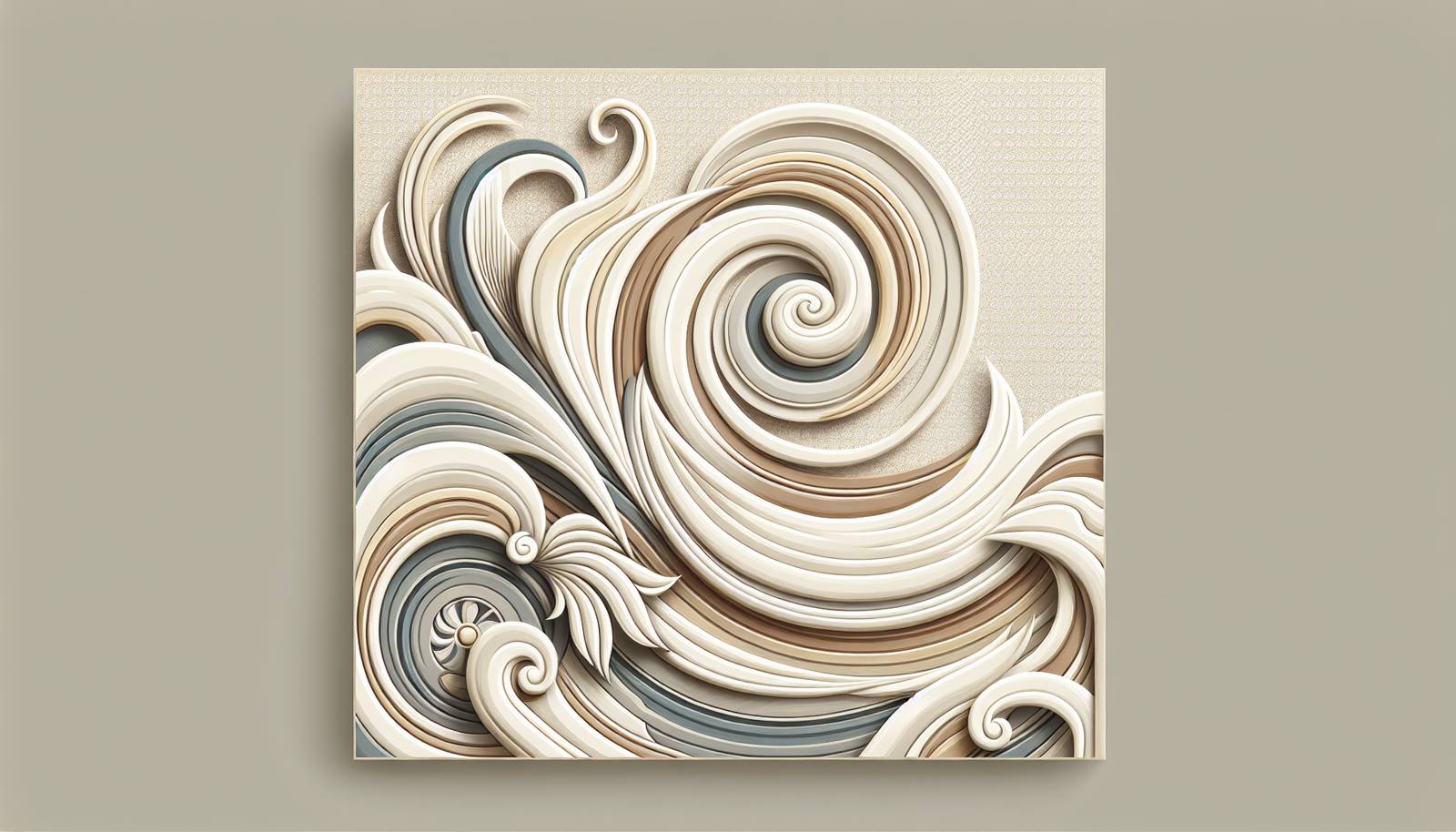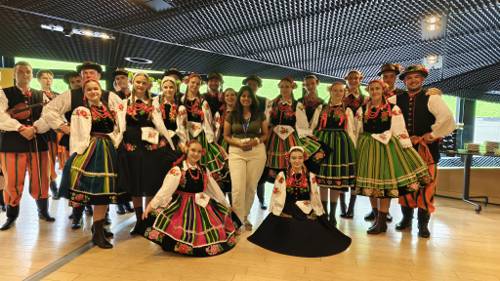
FAQ About The Role of Dance in Cultural Diplomacy

What is cultural diplomacy and how does dance fit into it?
Cultural diplomacy is a form of international relations where countries use cultural interactions to foster mutual understanding and goodwill. Dance fits into this framework as an expressive art form that transcends language barriers, allowing countries to share their cultural heritage and values in a profound and impactful way.

How has dance been used historically in cultural diplomacy?
Historically, dance has been a tool for cultural diplomacy by showcasing national identity and cultural vibrancy. During the Cold War, both the US and the Soviet Union used ballet tours to promote their cultural sophistication. Similarly, traditional dances have been used by various countries to celebrate bilateral ties and promote tourism.

Can you give examples of successful international dance exchanges?
A significant example of successful dance exchanges is the Alvin Ailey American Dance Theater's tours during the 1960s, which were sponsored by the U.S. State Department in African countries. These tours helped promote positive views of American culture and diversity. Another example is the 'Year of India in Russia' cultural exchange, which featured numerous Indian dance performances to strengthen Indo-Russian relations.

What role does dance play in enhancing mutual understanding between nations?
Dance acts as a universal language that can convey emotions and stories without the need for words, making it an effective tool for enhancing mutual understanding. It provides insights into a culture’s traditions, social norms, and values, fostering empathy and breaking down stereotypes among international audiences.

Why is dance considered a powerful tool in diplomacy?
Dance is considered powerful in diplomacy because it communicates through movement rather than words, which can overcome linguistic and cultural barriers. It evokes emotions and connects people at an intuitive level, making it effective in building goodwill and understanding between different cultures.

What are the challenges of using dance in cultural diplomacy?
While dance is a strong diplomatic tool, it faces challenges such as cultural misinterpretations or appropriations, logistical difficulties in organizing international tours, and the need to balance artistic expression with diplomatic messaging. Ensuring culturally sensitive content that respects the diversity and nuances of different cultures is essential.

How do countries choose which dance forms to include in their cultural diplomacy initiatives?
Countries often select dance forms that are emblematic of their cultural heritage and resonate with their national identity. They may also consider the audience's cultural background and preferences to ensure engagement and relatability. Collaboration with artists and cultural experts helps in making informed choices.

Are there any governmental organizations involved in facilitating dance exchanges for cultural diplomacy?
Yes, several governmental organizations facilitate dance exchanges as part of cultural diplomacy. For instance, the Bureau of Educational and Cultural Affairs of the U.S. Department of State sponsors various international art programs, including dance exchanges. Many countries have similar bodies that work to promote cultural outreach globally.

How does dance impact social and political relations between countries?
Dance can positively impact social and political relations by opening channels of dialogue and creating a shared cultural space. It helps to humanize relationships and reduce tensions by highlighting commonalities over differences. Dance performances often serve as a soft power method to improve a country's image and influence abroad.

What factors contribute to the success of dance as a tool in cultural diplomacy?
The success of dance in cultural diplomacy relies on factors such as cultural context, relevance, audience engagement, and the authenticity of the performance. Successful initiatives encourage genuine interactions and feedback, enabling programs to adapt and resonate more effectively with audiences.

Can dance contribute to peacebuilding efforts?
Yes, dance can contribute to peacebuilding by fostering understanding and reconciliation. By bringing diverse groups together through workshops and joint performances, dance initiatives can help heal cultural wounds and promote dialogue, playing a role in conflict resolution and community building.

What is the role of global dance festivals in cultural diplomacy?
Global dance festivals serve as platforms for cultural exchange, bringing together dancers and audiences from around the world. These festivals promote international dialogue, celebrate diversity, and help artists forge connections beyond national borders, enhancing cultural diplomacy efforts.

How are traditional and contemporary dance forms used differently in cultural diplomacy?
Traditional dance forms are often used to highlight cultural heritage and identity, offering audiences insights into historical customs and values. In contrast, contemporary dance forms might be utilized to demonstrate innovation and modernity, appealing to younger audiences and showcasing a nation’s evolving cultural landscape.

What are some modern examples of dance influencing international perceptions?
Modern examples include the South Korean government promoting K-pop dance as part of its cultural outreach to boost the country's global appeal. Similarly, the use of hip-hop and street dance in various international cultural programs reflects contemporary urban culture's influence and ability to resonate with youth globally.

How do cultural institutions support the use of dance in diplomacy?
Cultural institutions support dance in diplomacy by providing platforms, funding, and resources for international exchange programs. They collaborate with embassies and cultural attachés to organize events, tours, and workshops, helping to facilitate dialogue and understanding through dance.

Is there a risk of cultural appropriation in using dance for diplomacy?
Yes, there is a risk of cultural appropriation, where elements of a culture are misused or taken out of context, potentially offending the original culture. It is important for cultural diplomacy programs to engage with cultural custodians and communities to ensure respectful and authentic representations.

In what ways can technology enhance the role of dance in cultural diplomacy?
Technology can enhance the role of dance in cultural diplomacy by enabling virtual exchanges and broadened audience reach through online platforms. Virtual reality and live-streaming tools allow for immersive transnational experiences, making dance more accessible and fostering global connectivity.

What is the difference between cultural diplomacy and cultural exchange?
Cultural diplomacy involves the strategic use of cultural resources to achieve diplomatic goals, while cultural exchange generally refers to reciprocal sharing of cultural practices between communities for mutual benefit without specific diplomatic objectives. Both lead to increased understanding but differ in intent and structure.

How do dance artists contribute to the objectives of cultural diplomacy?
Dance artists contribute by being cultural ambassadors who share and interpret their traditions and innovations with diverse audiences. They create performances that can inspire empathy and understanding, participate in collaborative projects, and engage in dialogues that further the goals of cultural diplomacy.

What future trends might influence dance's role in cultural diplomacy?
Future trends include increased digitization of performances, collaborative cross-cultural projects, and the integration of diverse dance styles to reach broader audiences. Emphasis on sustainability and ethical practices in cultural representation are also likely to shape how dance is used in diplomacy going forward.
